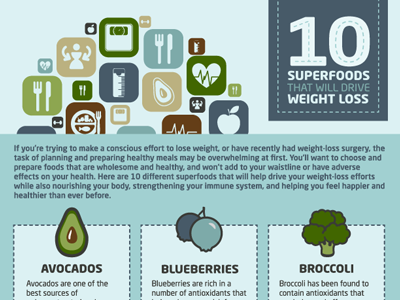Cold laser therapy is a useful tool to assist suffering monitoring and the healing procedure. It is frequently made use of in sports medication, dermatology and acupuncture.
Cold lasers pass through deep into tissues and advertise chemical changes without warming them. They decrease swelling and swelling, speed mobile activity and increase healing.
Academic Background
Unlike the high-intensity lasers that surgeons usage to cut through cells, chilly laser treatment utilizes light-emitting diodes to pass through right into your skin and promote recovery. As these photons reach broken tissues, they launch a domino effect that increases your cells' manufacturing of enzymes and accelerates your body's all-natural healing procedures.
The photons also minimize pain via the production of endorphins and raise your body's capability to drain pipes inflamed locations by causing vasodilation (the expansion of capillary). As a result, it assists you recover from musculoskeletal injuries and discomfort faster.
Many people have read about chilly laser therapy from their physical therapist, chiropractor or medical professional and may be asking yourself exactly how it functions. Unlike many laser tools utilized in the clinical field, which really warm up cells, our cutting edge devices produces chilly laser beam that don't trigger any kind of home heating of your tissues. This enables your body to obtain the restorative advantages without triggering any kind of side effects.
Professional Trials
Cold laser treatment is often suggested as a therapy option for patients that have bone and joint pain and injuries. It can be made use of to lower swelling, reinforce cells and accelerate the body's all-natural recovery processes.
Non-thermal photons of red and infrared laser radiation are soaked up by the light delicate elements in cells and initiate a rise in intracellular metabolic rate that boosts cell reproduction, lowers swelling, gets rid of edema and reduces healing time.
Unlike the light that is generated by sunlight or standard lights, laser light is parallel (all wavelengths travel parallel), systematic and monochromatic. These properties allow laser power to permeate deeper right into the tissues.
Numerous professional tests have actually shown that LLLT can be reliable in lowering discomfort in the musculoskeletal system. Nonetheless, even more well-designed studies are needed to assess the optimum settings for laser irradiation and to establish its efficiency in specific conditions, such as oral mucositis in cancer clients getting chemotherapy or radiotherapy, and wound healing (including diabetic ulcers following hammertoe surgical treatment). This Aetna policy publication does not deal with other uses of LLLT, including the therapy of numerous skin diseases.
Verdicts
Unlike medical lasers that can ruin growths or coagulate cells, chilly laser treatment does not heat up the body's cells. Instead, the light stimulates your cells to produce adenosine triphosphate, which accelerates the fixing procedure of hurt tissues.
Aetna thinks about low-level laser (LLL) therapy medically necessary for the prevention of oral mucositis associated with cancer treatment (radiation treatment, radiation treatment, hematopoietic stem cell hair transplant) and non-cancer therapies (such smoking cessation programs near me as radiodermal injury, fibromyalgia). Numerous researches revealed that LLT can be efficient in decreasing PU symptoms without negative effects. Nevertheless, distinctions in study styles and laser dosimetry made contrast of the outcomes challenging; RCTs with reduced risk of predisposition are required. The use of a 660 nm wavelength and greater power density appears to be a lot more reliable than the other examined laser wavelengths. This could be because the other wavelengths might stimulate inflammatory processes and trigger more adverse effects. The result of the type of laser used is likewise important; the authors suggest that future research focus on reviewing different types of lasers and their dosages to identify the optimum combination of laser parameters for PU avoidance.
Referrals
Cold laser therapy is made use of by dental practitioners to treat swollen gum cells, doctors to reduce pain triggered by rheumatoid arthritis, and physiotherapists to speed the recovery of muscle mass, tendon, and tendon injuries. Many clinical insurance coverage plans cover this treatment.
Unlike warm lasers, which have a thermal impact on tissues, chilly lasers (also called low-level lasers) boost the cellular power of the skin. Photons from the laser light permeate right into the cell, causing a series of chemical modifications that promotes regrowth and reduces swelling.
In order to be effective, lasers have to be appropriately setup and made use of. This is why it is not recommended to buy an economical non-prescription laser gadget and attempt to treat yourself at home. A qualified practitioner is called for to make sure that the device is made use of correctly to reduce the danger of eye injury and maximize its performance. The laser device should be adapted to the appropriate setup, strength, frequency, and position of the laser on the therapy area.
